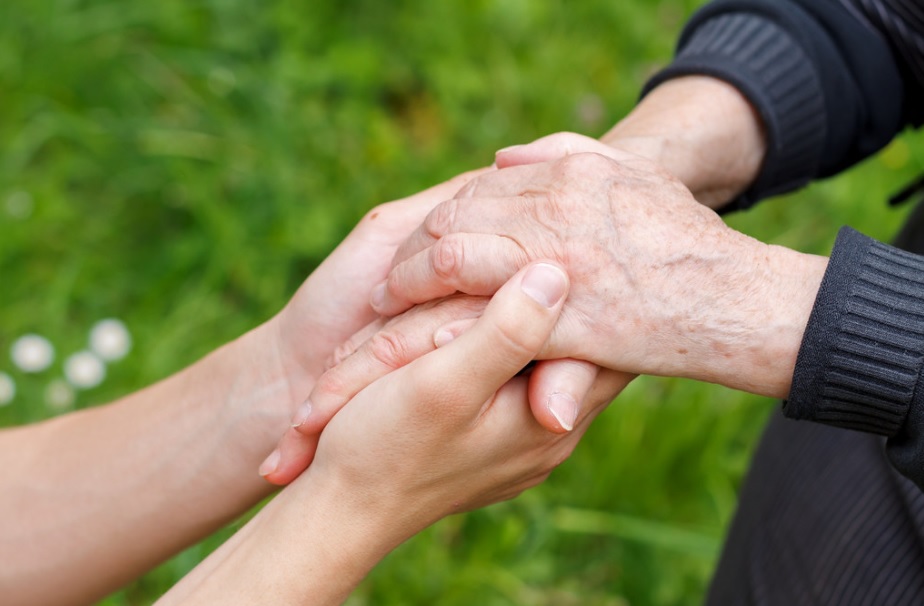Changes in Language Relations and Responding to Them in Finland – “Multilingual Monday Blog Series, Part 6”

This blog series focuses on discussing multilingualism and multiculturalism specifically from four different perspectives: linguistic and cultural repertoire, linguistic and cultural landscape, the connection between language and culture, and the identity of a multilingual person. Blogs will be published once a week on Mondays until May 9, 2022.
Blog 1: Multilingualism and Multiculturalism as a Phenomenon
Blog 2: Linguistic Repertoire From the Perspective of a Multilingual Person
Blog 3: Thoughts on Language and Multilingualism
Blog 4: Connection Between Language, Nonverbal Communication and Culture
Blog 5: Multilingual Life Stories: Humak Interpreting Students as Interviewers
Blog 6: “Changes in Language Relations and Responding to Them in Finland”
Last December, the Ministry of Justice published a government report on the application of language legislation. These language reports – which are published once during the parliamentary term – examine the development of language relations, the language climate and the realization of linguistic rights in our country, as required by the 2003 reform of the Language Act (Ministry of Justice 2021). Our language conditions are also discussed by the Parliament’s Consitutional Law Committee on the basis of the language report.
It is strange from the present point of view that the examination of language conditions is limited quite precisely to the national and autochthonous languages spoken in Finland. The latter are, for example, Finnish and Finland-Swedish sign language, Sámi, Romani and Karelian. Even in the most recent language report, the section on other language groups is only a couple of pages long. I expected the state and its language specialists to have more comprehensive strategic guidelines on how we prepare at the national level for even the most radical changes in language relations in our country. Even a year ago, the Association of Finnish Municipalities predicted that in a couple of decades there would be about a million Finns who speak a foreign language as their mother tongue. What will happen to our language conditions after the current turmoil calms down?
Expanded Language Strategy is Needed
In 2020, according to Statistics Finland, there were 430,000 people who spoke a language other than Finnish, Sámi or Swedish as their mother tongue. The largest groups of foreign language speakers were those who spoke Russian (84,000 people), and 49,000 people had Estonian as their mother tongue. Somali, English and Arabic were spoken by 20,000-30,000 people living in Finland. Every fifth resident of Helsinki already is a foreign language speaker (Statistics Finland 2022).
Those who speak foreign languages in Finland are, of course, protected by the Language Act 423/2003. According to Article 10, everyone “has the right to use, and be heard in, his or her own language in a matter that has become pending on the initiative of an authority and that directly affects his or her fundamental rights, the fundamental rights of a person in his or her custody, or an obligation that he or she has been assigned by the authority” (Language Act 423/2003).
But what kind of measures – like the current national language strategies and language policy programs – would be taken by citizens who, for example, rely on employees who speak other languages, provide home care services for speakers of other languages, or meet their non-native neighbors at annual meetings? There are not enough interpreters and language specialists to deal with language gaps or provide easy read instructions. Such expert services cost quite a bit as well. Soon any of us may have to deal with “non-native speakers” who do not know Finnish for various reasons, both at work and in our free time, without being able to say anything in a language that the other understands. Like me, some time ago.
…Gospodi!
My daughter was already turning the car on our home street when we saw an old, trembling man in the middle of the driveway. We parked the car to the side, and I ran to the man. I grabbed his hand and guided him to the sidewalk. He spoke Russian heatedly. I have never felt so helpless. I am able to use seven spoken and a couple of sign languages when needed, but at that moment I was completely lost. I don’t know a single word in Russian – or so I thought.
Namely, the few sayings that cannot be ignored as a grandchild of evacuees from Finnish Karelia began to come to mind. I understood the name of the head of state he kept repeating. I could say nothing but da da. My daughter, on the other hand, opened Google Translate on her phone. Even without it, it was clear that the man was in distress. He did not know where he was or where he was going and called his head of state for help.
I tried to remember any Russian I had heard from my Karelian grandfather half a century ago: “Njet ponimaju paruski.” And the old man understood me! I had also heard of Ruki ver! but I left that unsaid as I persuaded him to sit in the back seat and fastened his seat belt.

Da!
I also recall seeing Russian language tutorials on TV from 50 years ago. We used to watch them when there was nothing else on. I started remembering some words: Raz, dva, tri… Dom? Uulitsa? The old man told us a familiar street name from our former neighborhood and dva. Thankfully it was not a higher number. And I understood the letter: Ge. My daughter wrote down the address she heard on her smartphone. Grandpa nodded, “Da!”
We set off, repeating the address, nodding, smiling kindly as we listened to him talk heatedly about ruki and world politics. On my daughter’s phone, Google Translator listened as well and offered us more information: “Hands tremble, I cannot work.”
However, I started to panic. What do we do if we do not get the old man home? Should we take him to the police station? Would he be understood there? I remembered my childhood in Vallila where I met Russian-speaking ladies in stores. They were said to live in a nursing home for emigrants. I wondered if that place was still up and running? I found the phone number for the nursing home at the same address, but the office was already closed. My daughter considered calling her friend from school, who speaks Russian as her first language, to be an interpreter.
With the Help of Lingua Franca and Apps
When we got there, we sighed with relief: the old man recognized his home. I showed my keys and looked at him askingly, but the answer was njet. Coincidentally, the house was being renovated by two people – an Ukrainian and an Estonian. Their common language – Lingua Franca – was Russian, and the Estonian understood English as well. He told us that the old man always walks with his wife. Together we used the nameplate to spell out a name that the old man recognized as his own, but soon he began to scold the builders: Why is banja always closed? Remont – karona!
The Estonian left to ring the old man’s doorbell. No one was home. My Estonian was not good enough for communication in that moment, so by using English we went to the maintenance company office. That, too, was closed. But there was a phone number in the window. The phone was answered by a friendly woman who got in touch with the old man’s wife, who had gone out to look for her husband… who had disappeared from home a long time ago.
We returned to the old man’s front door. My daughter communicated fluently with the old man through the Talk & Translate app on her phone, saying: “Wife… 15 minutes… 10 minutes… 5 minutes”. The application translated it into Russian in the old man’s ear. He smiled and hugged us both. And then – the old man’s gaze softened. The hurried speech subsided as a familiar character leaning on a rollator arrived.

Spasiba
On that staircase of the apartment building, the Ingrian old lady and we, the descendants of the Finnish Karelians, could relate to one another due to our evacuation stories. We heard about the chilling fates of the lady’s relatives, the population displacement, and I recounted the departure of my father’s family from Karelia. After decades of living here, the lady had really been left alone with her husband’s memory disorder. I wrote down the name and phone number of a Russian-language nursing home and gave it to the wife. Spasiba, said the old man. We had our last hug: dasvidanija.
I still worry about that couple: Will they receive service at the health center? Will be old man’s memory disorder be recognized? Does the wife get help for coping? I remember how easy it was to find housing for my own deaf parents in a sign language service center quite close by.
Using Translation Applications
But what kind of language services do we have for “non-native” seniors? Memory disease knows no language or boundaries. And how should we prepare for this drastic change in language relations as a nation? Will future or even current social service workers do their work with the help of speech and language recognition on their phone or smartwatch, by chatting with dozens of “non-native” clients through apps?
In my experience, the mobile translation app that recognizes languages and speech is not a bad option as the most important tool for an employee working in a multilingual environment. And here it worked better than the seven languages I studied a long time ago but seem to have forgotten. So what prevents us from using it now?
References
Language Act 423/2003. Accessed 31.3.2022. https://www.finlex.fi/fi/laki/ajantasa/2003/20030423 (in Finnish)
Ministry of Justice 2021. Hallituksen kertomus kielilainsäädännön soveltamisesta 2021. Valtioneuvoston julkaisuja 2021: 88. Helsinki: Oikeusministeriö. (in Finnish)
Statistics Finland 2022. Official Statistics of Finland (OSF): Population structure. Helsinki: Statistics Finland. Accessed 31.3.2022. https://www.stat.fi/til/vaerak/index_en.html
Text: Päivi Rainò, PhD, Docent, Researcher, Humak University of Applied Sciences, 4.4.2022
Translation: Mari Ervasti
